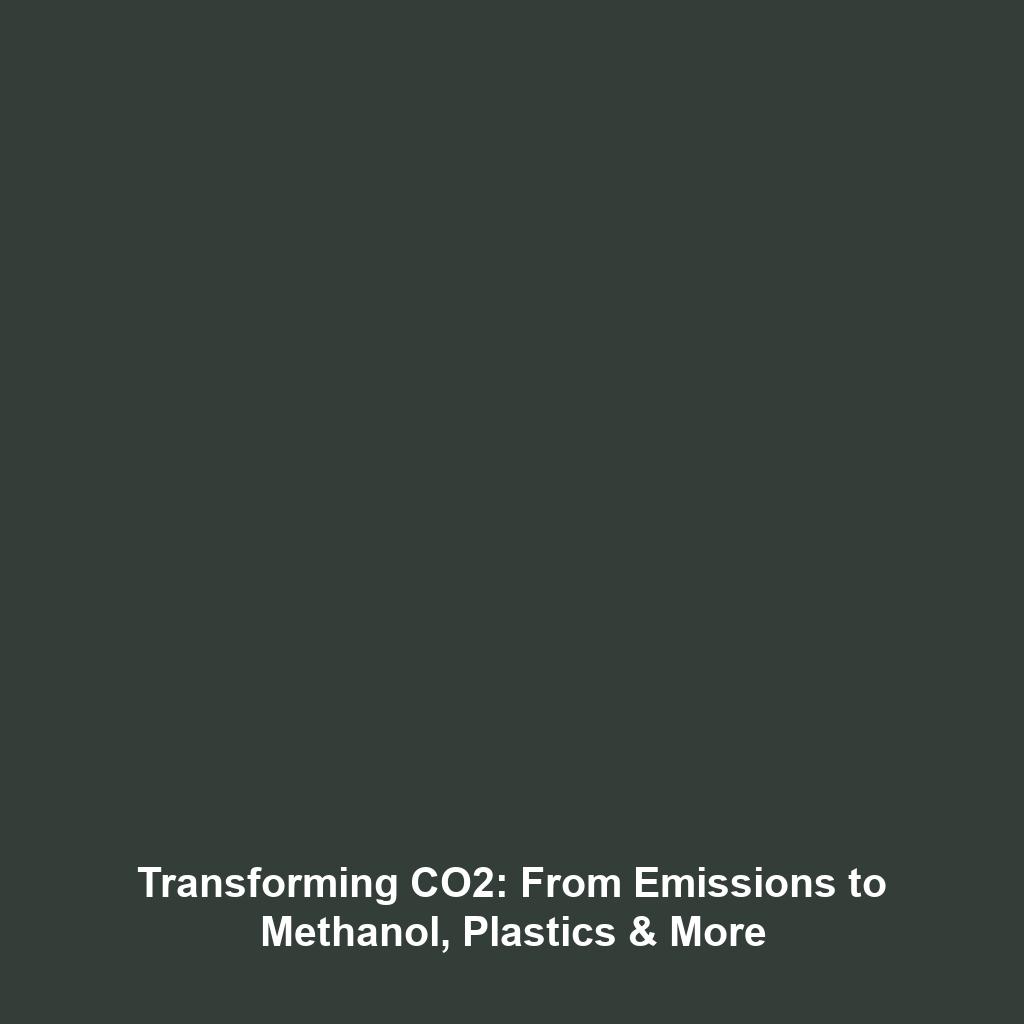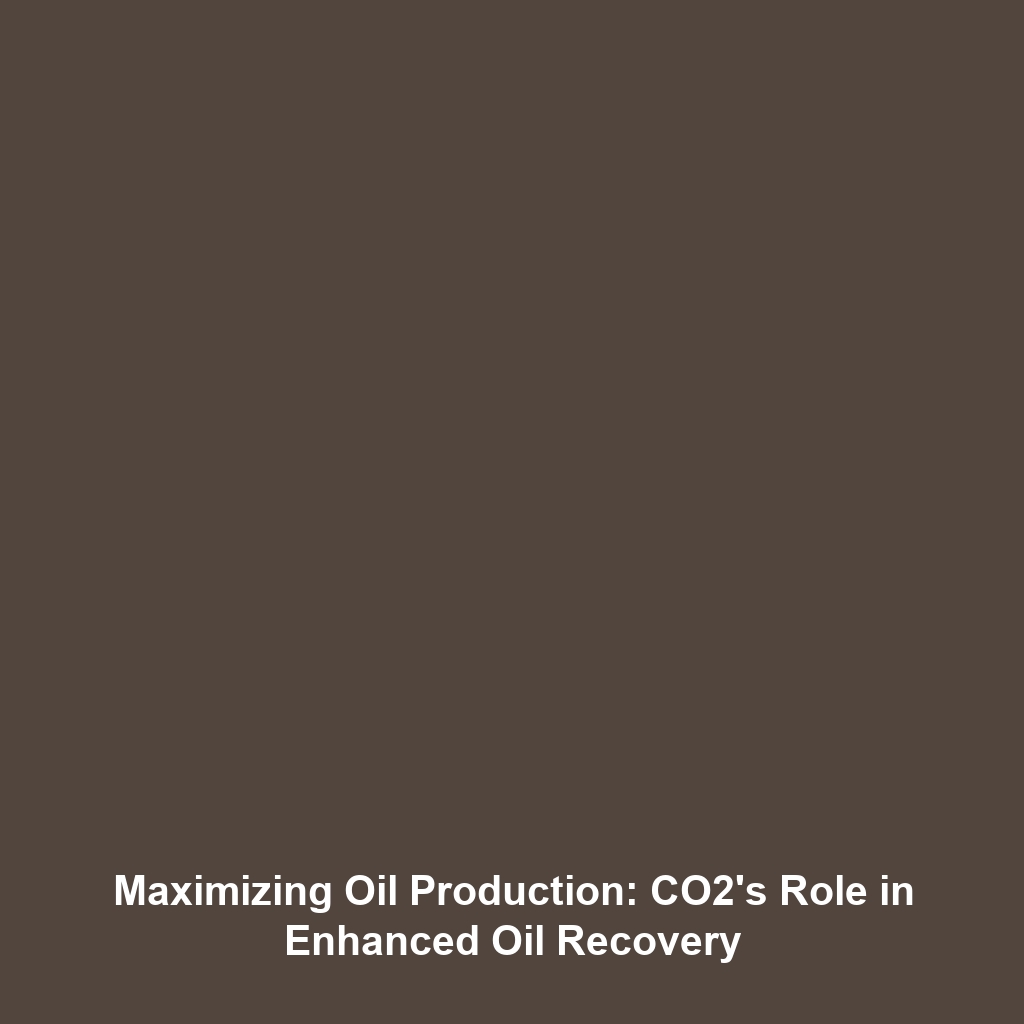Gorgon Project, Australia: One of the Largest CCS Initiatives
Introduction
The Gorgon Project in Australia stands as a monumental achievement in the realm of Carbon Capture & Storage (CCS). As one of the largest initiatives globally, its significance extends beyond mere carbon mitigation—it represents a pivotal move towards sustainable energy practices. This project captures and stores around 3.4 million tonnes of CO2 annually, offering a beacon of hope in the fight against climate change. By implementing advanced technologies, the Gorgon Project serves as a cornerstone in Australia’s commitment to address greenhouse gas emissions and transitioning to a low-carbon future.
Key Concepts
Understanding Carbon Capture & Storage
The Gorgon Project employs the principles of Carbon Capture & Storage (CCS), a technology designed to capture carbon dioxide emissions generated from the use of fossil fuels in electricity generation and industrial processes. The captured CO2 is then transported and stored underground in geological formations. This process not only reduces the volume of greenhouse gases in the atmosphere but also contributes to the sustainability of energy resources.
Major Components of the Gorgon Project
- Carbon Dioxide Capture: Using specialized technologies to separate CO2 from other gases in the emissions stream.
- Transport: Pipelines facilitate the movement of captured CO2 to storage sites.
- Geological Storage: CO2 is injected into deep underground rock formations, ensuring long-term storage and preventing its release back into the atmosphere.
Applications and Real-World Uses
The Gorgon Project exemplifies how Carbon Capture & Storage (CCS) can be effectively utilized in real-world applications. Key applications include:
- Reducing Industrial Emissions: The project significantly lowers emissions from the natural gas processing industry.
- Enhancing Energy Efficiency: Integrating CCS technology helps achieve energy efficiency targets.
- Supporting Renewable Energy Transition: By mitigating CO2 emissions, Gorgon aids in the transition to renewables.
Current Challenges
Despite its impressive scope, the Gorgon Project faces several challenges that impact its function within the wider scope of Carbon Capture & Storage (CCS):
- High Costs: Implementing CCS technology requires significant investments.
- Infrastructure Limitations: Adequate infrastructure for transportation and storage is crucial and often lacking.
- Regulatory Framework: Navigating complex regulatory environments poses additional hurdles.
Future Research and Innovations
Looking ahead, ongoing research and innovations within the context of the Gorgon Project have the potential to revolutionize Carbon Capture & Storage (CCS):
- Next-Generation Technologies: Innovations in capture technology could enhance efficiency.
- Carbon Utilization: Research into converting captured CO2 into useful products.
- Improved Storage Solutions: Advances in geological storage techniques can help optimize safety and effectiveness.
Conclusion
The Gorgon Project represents a significant stride towards achieving effective Carbon Capture & Storage (CCS) solutions. As one of the largest projects of its kind, its efforts in capturing and storing CO2 underscore its relevance in mitigating climate change. Continued investment in research and development will play a critical role in overcoming existing challenges and enhancing the project’s capabilities. To learn more about CCS initiatives and their importance, visit our additional resources.






